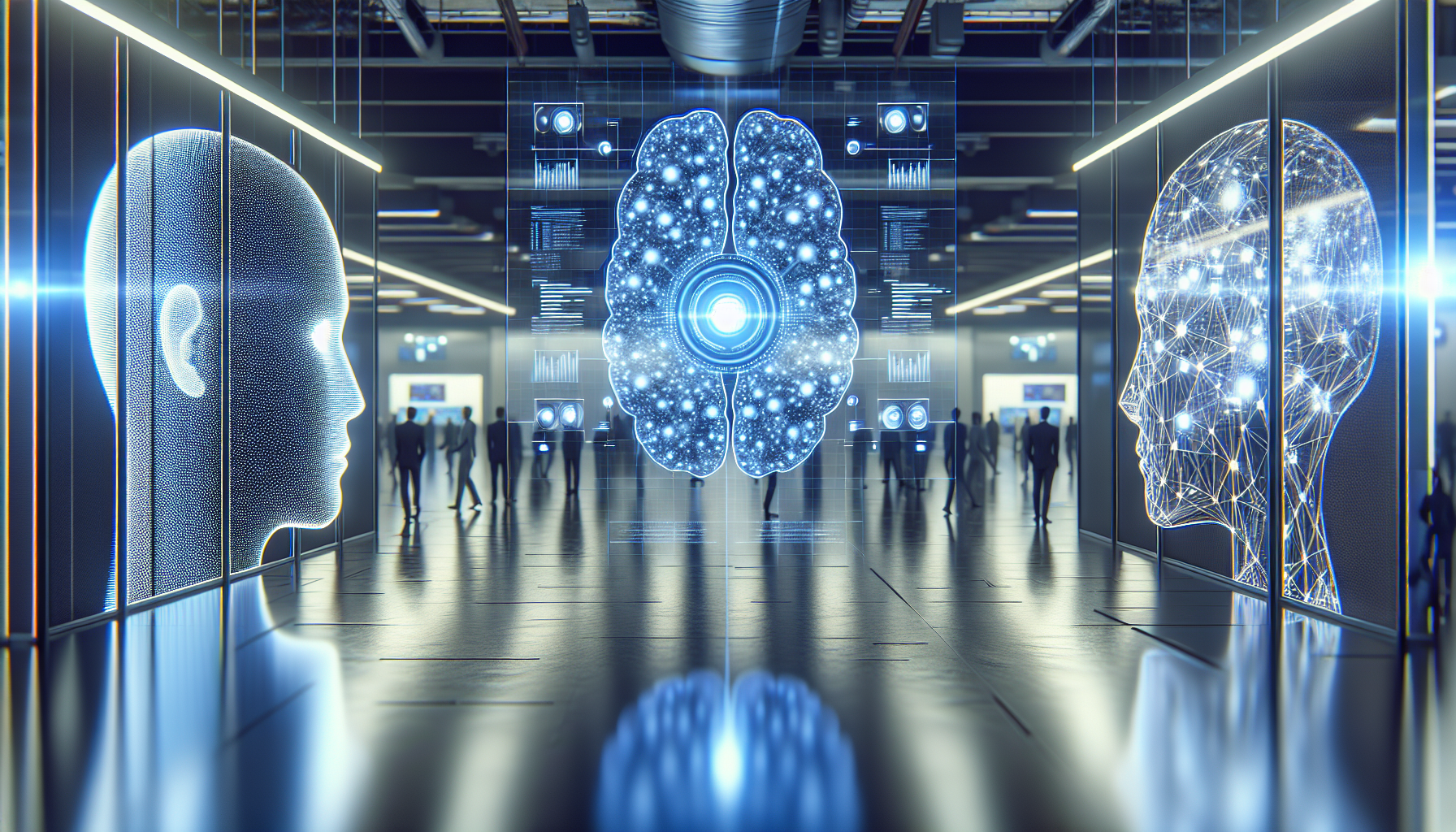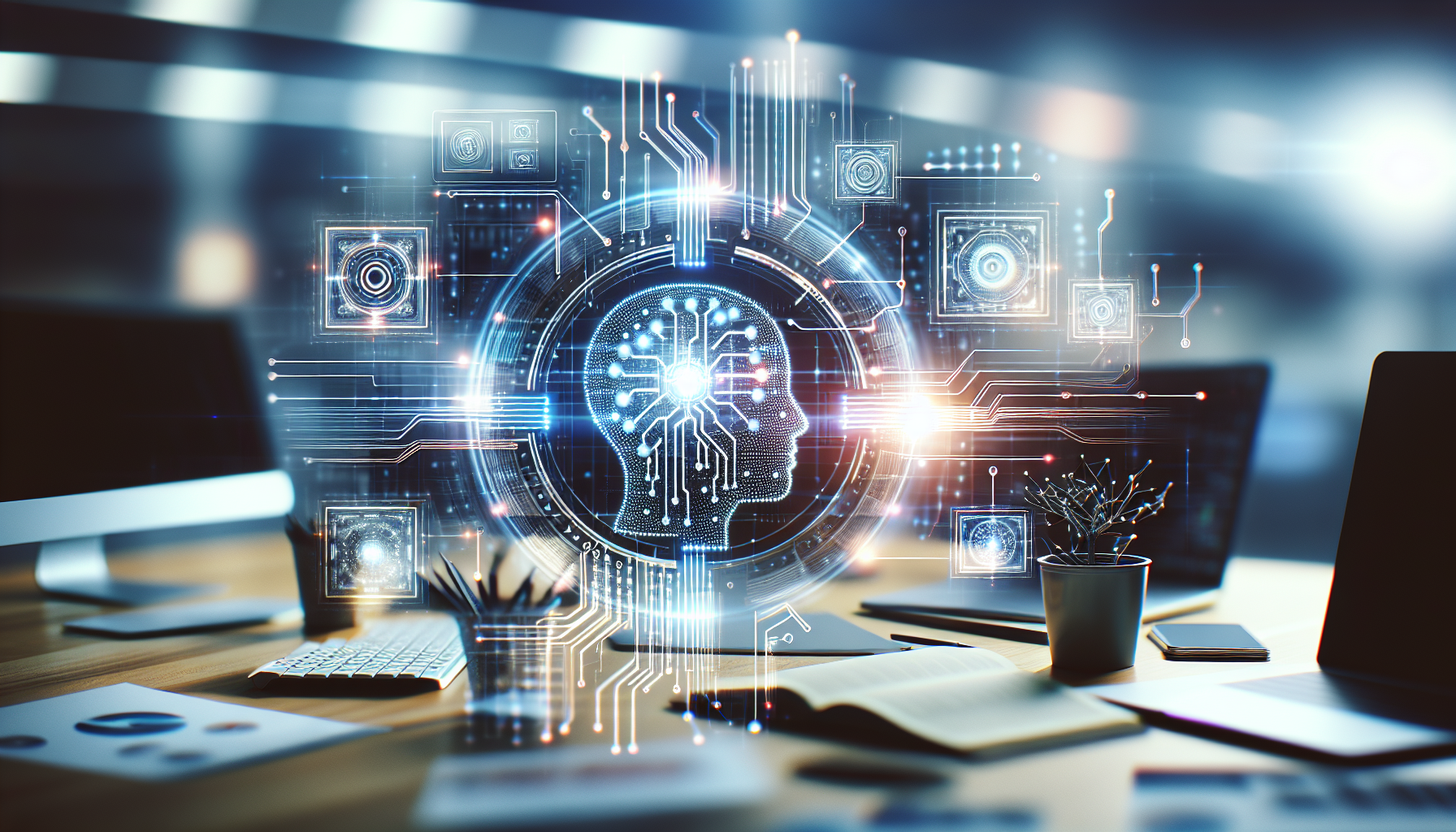
AI in Agriculture: How Smart Tech is Boosting Efficiency and Crop Yields
April 4, 2025
Farming, once solely reliant on human intuition and effort, is being transformed by the quiet revolution of artificial intelligence. If you've ever wondered how AI could reshape an age-old industry like agriculture, you're not alone. Farmers and tech enthusiasts alike are curious about how smart systems are taking root in fields worldwide, increasing efficiency and boosting crop yields in ways that seemed like science fiction not too long ago.
Imagine a future where drones buzz over fields, collecting data that AI analyzes to predict the best harvest times. This isn't just a dream—it’s happening now. These drones, equipped with multispectral cameras, capture detailed images of crops, revealing insights invisible to the naked eye. AI algorithms then process this data to detect plant health issues, water stress, or pest infestations long before they become apparent. This proactive approach allows farmers to intervene early, potentially saving entire harvests.
But let’s step back and consider a lesser-known aspect—how AI compares to traditional farming methods. Historically, farmers have relied on experience and seasonal patterns to make crucial decisions. While effective, this method is inherently reactive. AI shifts the paradigm to a more predictive model, offering a level of foresight that traditional methods simply cannot match. For instance, machine learning models can assimilate vast amounts of data from weather forecasts, soil conditions, and crop health, providing farmers with precise, actionable insights. This data-driven approach minimizes guesswork, leading to more efficient resource use and higher yields.
Take precision agriculture as an example. Here, AI plays a pivotal role by creating a customized farming blueprint for each plot of land. Traditional farming might apply a one-size-fits-all approach to crop management, but AI allows for site-specific interventions. By analyzing soil data, AI can determine the exact type and amount of fertilizer needed, reducing waste and environmental impact. This tailored strategy not only conserves resources but also enhances soil health over time, contributing to sustainable farming practices.
However, the AI revolution in agriculture isn’t without its challenges. Integrating advanced technology into farming requires significant investment, both financially and in terms of learning curves. Small-scale farmers, who form the backbone of agriculture in many regions, might find it daunting to adopt these new tools. Yet, solutions are emerging. Initiatives aimed at democratizing AI technology, making it accessible to farmers regardless of their scale, are gaining momentum. By offering user-friendly platforms and affordable hardware options, these initiatives ensure that the benefits of AI are not confined to large-scale operations alone.
An intriguing development is the use of blockchain technology in tandem with AI to enhance transparency in the food supply chain. Imagine being able to trace your morning coffee back to the very field it came from, knowing exactly how it was grown and harvested. AI systems analyze data at every step, from planting to distribution, ensuring that the information is accurate and trustworthy. This level of transparency not only builds consumer confidence but also encourages sustainable practices throughout the supply chain.
Another area where AI is making waves is in autonomous farming equipment. Self-driving tractors and robotic harvesters are no longer the stuff of dreams. These machines, guided by AI, can perform tasks with precision and efficiency that exceed human capabilities. For instance, AI-powered harvesters can selectively pick fruits at optimal ripeness, reducing waste and increasing the quality of produce. This level of precision farming is a game-changer, especially in labor-intensive crops.
While AI continues to carve its niche in agriculture, the human element remains irreplaceable. Farmers bring an understanding of the land and a connection to nature that no machine can replicate. The real potential of AI lies in augmenting human capabilities, allowing farmers to focus on strategic decision-making and long-term planning.
As we stand on the brink of this technological transformation, one might wonder: How will the interplay between AI and agriculture evolve? Could we reach a point where AI not only aids in farming but also helps tackle global challenges like food security and climate change? The possibilities are as vast as the fields themselves, inviting us to explore further and think beyond traditional boundaries.


